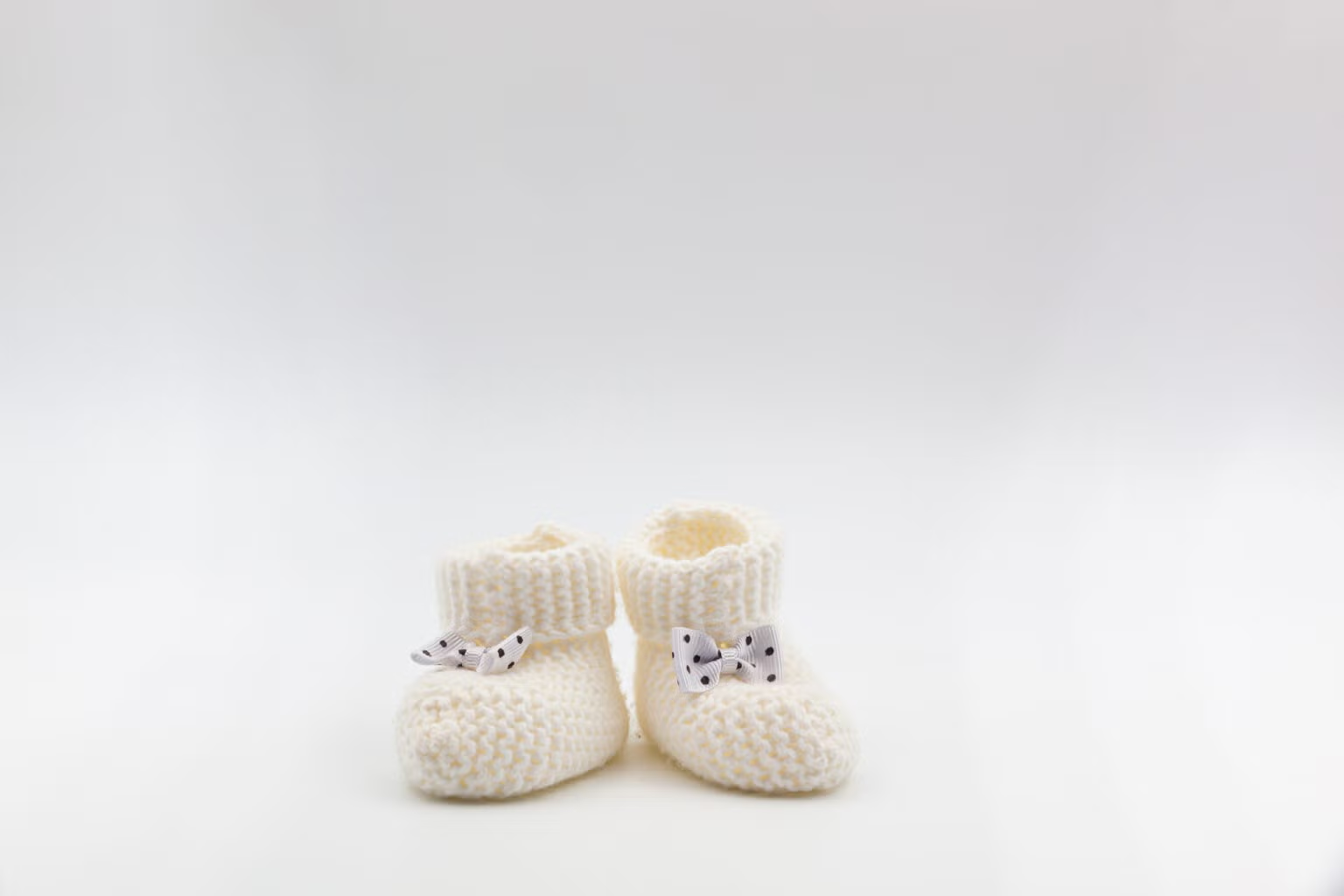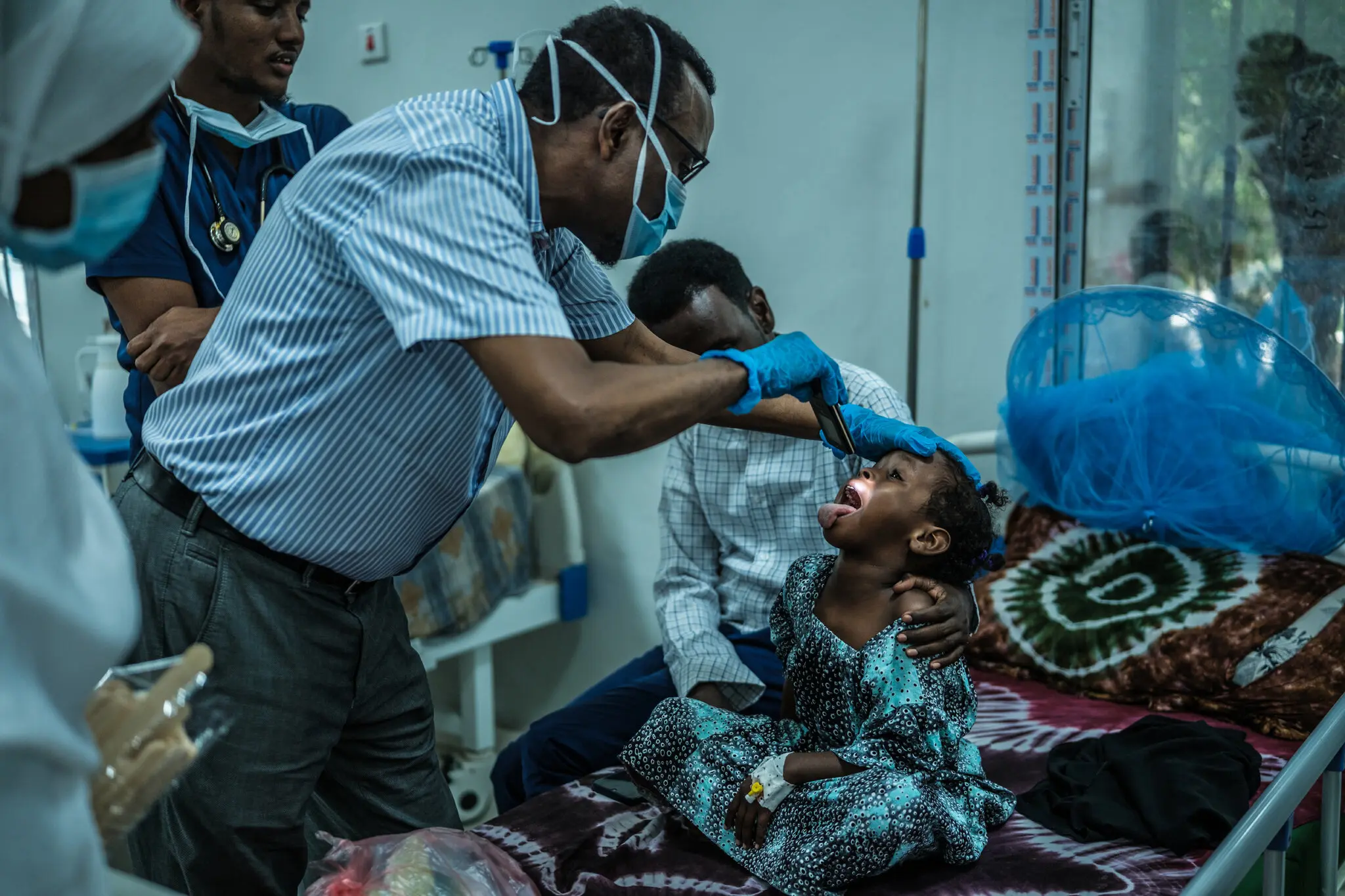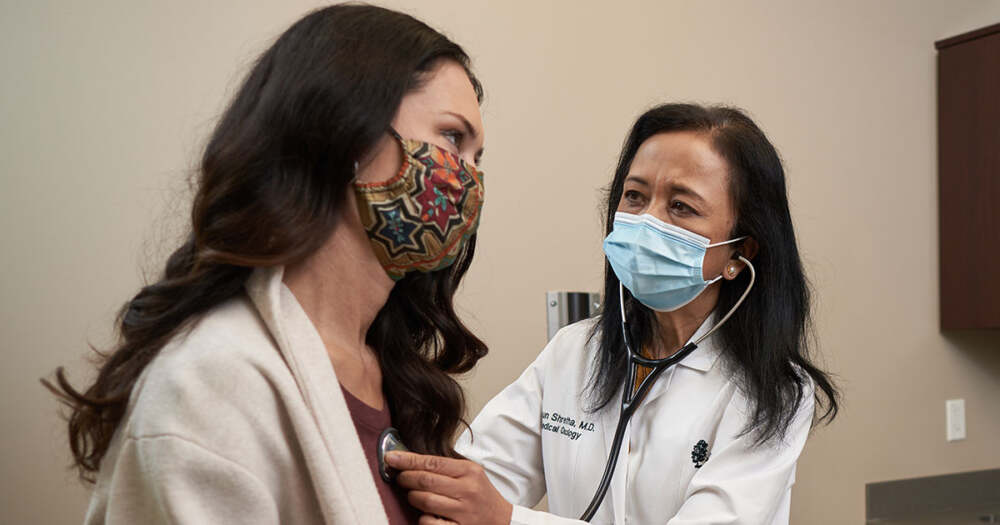A major new study has uncovered alarming findings about pregnancy outcomes in the United States: stillbirths are occurring at a significantly higher rate than previously estimated, with thousands of cases taking place among women considered low-risk. The research offers a stark reminder that even in one of the world’s wealthiest nations, the maternal health crisis remains severe and deeply unequal.
A Closer Look at the Findings
Analyzing more than 2.8 million pregnancies between 2016 and 2022, researchers found that nearly 19,000 ended in stillbirth — roughly one in every 150 pregnancies. That rate is higher than official government figures, which long placed the number closer to one in 175.
What startled experts most is that around 30 percent of stillbirths occurred in women with no known medical risk factors. This means thousands of seemingly healthy pregnancies are still ending tragically, defying standard screening and risk assessments.
Among those with known conditions, the leading contributors included high blood pressure, diabetes, placental disorders, and fetal growth issues. But medical complications alone don’t tell the full story — social and economic factors play a powerful role.
Inequality at the Core
The study highlighted striking disparities across racial and socioeconomic lines. In predominantly Black communities, the stillbirth rate climbed to nearly one in 95 births — nearly twice the national average. Low-income neighborhoods also faced significantly higher rates, even when mothers had private insurance.
Experts say these findings underscore how systemic inequities — from access to quality prenatal care to environmental and stress-related factors — continue to endanger women and babies alike.
A Call for Change
Health officials and advocates are calling for a reexamination of how maternal and fetal health risks are identified and addressed. Traditional screening methods often rely heavily on known medical histories, missing those who fall outside established risk categories.
Researchers are now urging health systems to take a more holistic approach, one that includes not just clinical data but also social and environmental conditions affecting mothers. Expanding access to prenatal monitoring, particularly for underserved communities, could prevent many of these losses.
A Global Warning
Though focused on the United States, the study’s implications reach far beyond its borders. In developing regions — including South Asia and parts of Africa — where prenatal care is often limited, stillbirth rates remain even higher. The U.S. findings highlight how even advanced health systems can fail vulnerable populations, reinforcing the global need for stronger maternal-care programs.
Looking Ahead
Every stillbirth represents an individual tragedy — a life ended before it could begin. This new research sheds light on how many of these losses might be preventable with earlier detection, more equitable healthcare access, and broader awareness of maternal risks.
For doctors, policymakers, and expectant families alike, the message is clear: improving maternal health means looking beyond traditional indicators and confronting the deep social divides that shape who gets to bring a child safely into the world.
















Leave a Reply